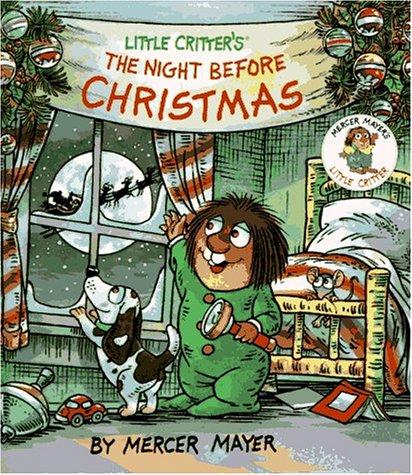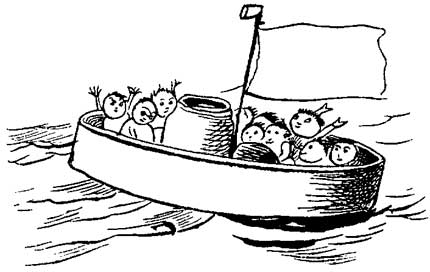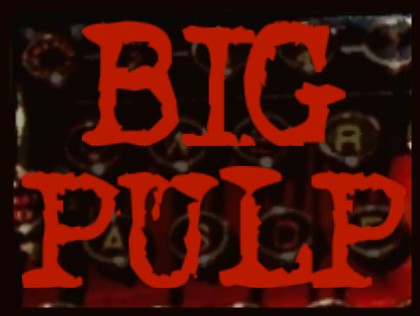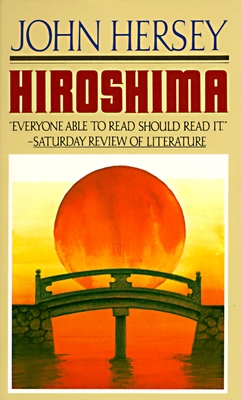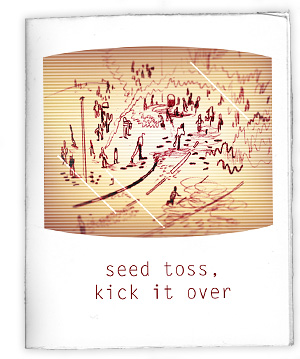Her husband brought this book home from the magical place where most all the books in their house have come from--the best ones that move from bookcase to bookcase, the ones carried most and that, most often, while she and he sleep, seemingly try to slip out the door--again and again and so they must be pinned down with little notes in the margins, dark lines under their feet.
Space, in Chains is a collection of 72 poems by Laura Kasishke, whom she hadn't read or heard of until now and now she thinks is one of the most brilliant writers moving among us.
From the publisher: Space, in Chains speaks in ghostly voices, fractured narratives, songs, prayers, and dark riddles as it moves through contemporary tragedies of grief and the complex succession of generations. [. . .] Kasischke has pared the construction of her verse to its bones, leaving haunting language and a visceral strangeness of imagery.
This is one of those breathless reviews, the kind where she doesn't want to, or cannot yet, explain why this book is good, why we must read it, why the writer shows her skill--her genius here, here, and here, too.
Space, in Chains is a collection of 72 poems by Laura Kasishke, whom she hadn't read or heard of until now and now she thinks is one of the most brilliant writers moving among us.
From the publisher: Space, in Chains speaks in ghostly voices, fractured narratives, songs, prayers, and dark riddles as it moves through contemporary tragedies of grief and the complex succession of generations. [. . .] Kasischke has pared the construction of her verse to its bones, leaving haunting language and a visceral strangeness of imagery.
This is one of those breathless reviews, the kind where she doesn't want to, or cannot yet, explain why this book is good, why we must read it, why the writer shows her skill--her genius here, here, and here, too.



